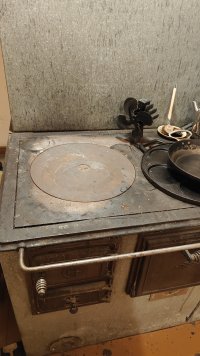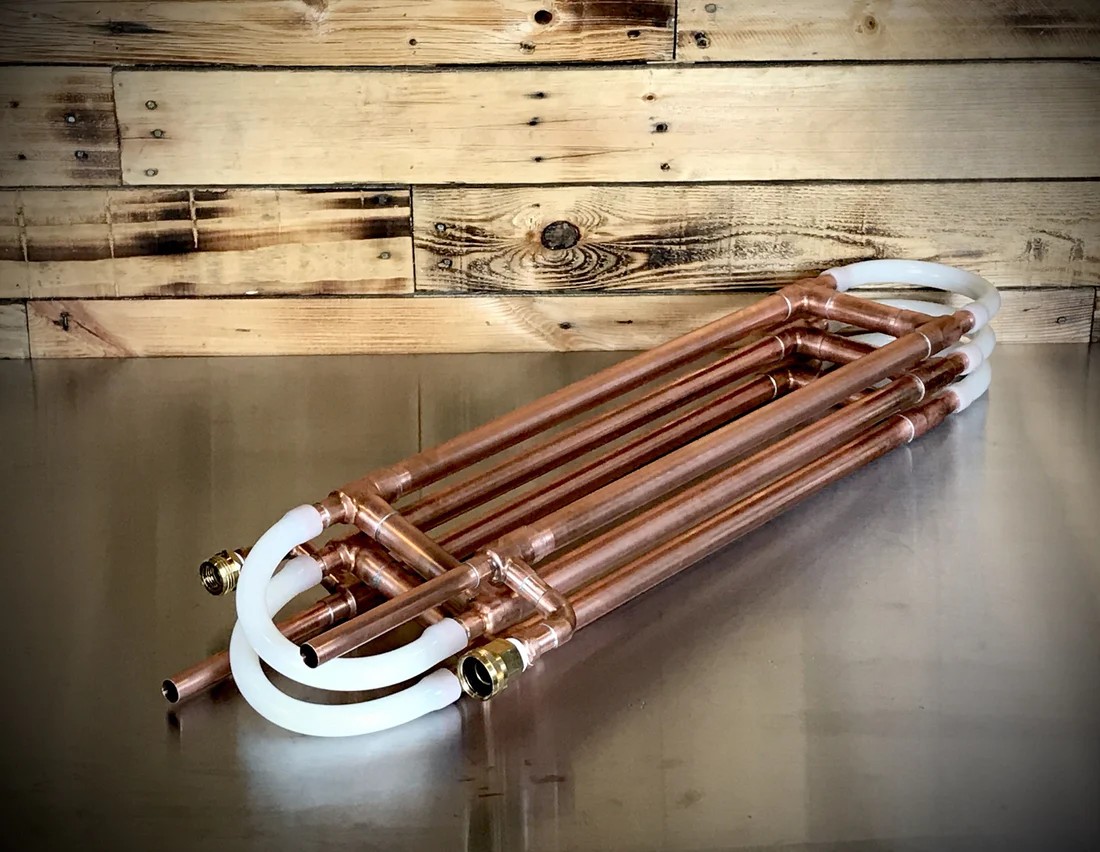Hi all.
I've done brewing only biab, and plan to do so everytime .
Usually only max 19L batches on a regular large kettle on a stovetop (wood fired stove).
Now I'm about to buy a larger kettle to get 25L of wort or maybe upto 50L of wort (35 - 80L kettle).
The kettle would have an ball valve close to the bottom so that I don't have to move it when full.
I hate all the pumps and widgets and I was thinking to use plate-heat-exchangers without a pump for the wort (gravity flow to fermenter). Pressurized water from the tap is around 4-6°C
How much is the clogging a problem? Any tips?
Can I cool the wort to the pitching temperature without recirculating the wort (no need for pump)?
Any recommendations for the new kettle and wort chiller?
Thanks all
I've done brewing only biab, and plan to do so everytime .
Usually only max 19L batches on a regular large kettle on a stovetop (wood fired stove).
Now I'm about to buy a larger kettle to get 25L of wort or maybe upto 50L of wort (35 - 80L kettle).
The kettle would have an ball valve close to the bottom so that I don't have to move it when full.
I hate all the pumps and widgets and I was thinking to use plate-heat-exchangers without a pump for the wort (gravity flow to fermenter). Pressurized water from the tap is around 4-6°C
How much is the clogging a problem? Any tips?
Can I cool the wort to the pitching temperature without recirculating the wort (no need for pump)?
Any recommendations for the new kettle and wort chiller?
Thanks all


























![Craft A Brew - Safale S-04 Dry Yeast - Fermentis - English Ale Dry Yeast - For English and American Ales and Hard Apple Ciders - Ingredients for Home Brewing - Beer Making Supplies - [1 Pack]](https://m.media-amazon.com/images/I/41fVGNh6JfL._SL500_.jpg)
































